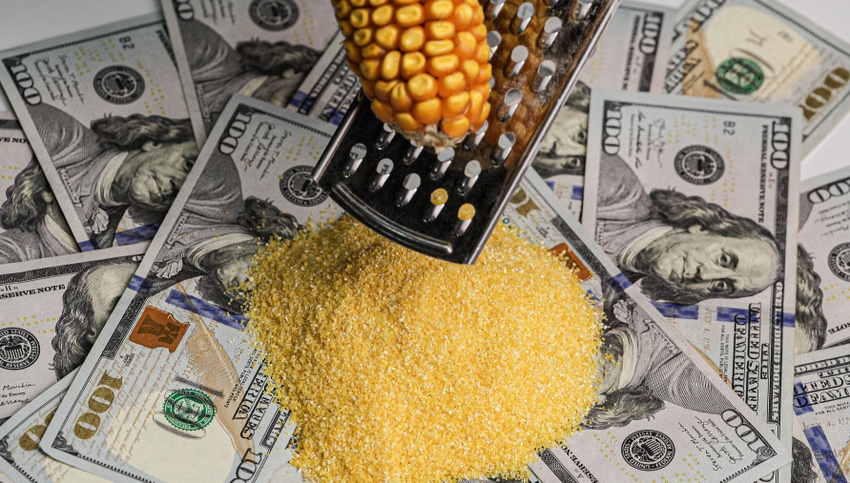
The longer-term trend of lower prices, inflated costs, and higher interest rates all point to tighter margins in the near future. The outcomes of global elections, military conflicts, the movement from fossil fuels to green energy, and the increasing use of artificial intelligence (AI) each add a level of uncertainty to the economic future.
The business strategy for this type of economic environment with extreme and volatile prices and costs is sufficient working capital as a backup when profits and cash flow go south. Recently, a banker in the Midwest asked if I would discuss my logic on the recommended levels of working capital. I prefer to utilize the working capital to expenses ratio rather than the standard current ratio. I find that business owners and managers can relate to this metric better than the current ratio.
Remember the stop light!
I often discuss my green, yellow, and red-light levels in the context of risk. This simple stoplight analysis finds that the green light is when a business has working capital to expenses greater than 25 percent. What this means is that the business would have one-quarter of the year’s expenses covered internally by working capital rather than borrowed monies.
At the other end of the spectrum are businesses in the “red light” category with less than 10 percent working capital to expenses, which means about one month of expenses are covered by existing working capital. Farm record database trends over the past three years show that the top-level managers maintain working capital to expenses at a level of 50 percent, or about one half of the year’s expenses.
Replenishing working capital
Lenders will often analyze these metrics according to default risk, which is difficult to measure. The increase in land values over the past few years has allowed for debt refinances to replenish working capital. In an extended economic down cycle with losses and no capital appreciation of land, one will turn to the burn rate on working capital to assess risk. Losses are divided into working capital to calculate the working capital burn rate for another level of scrutiny.
For example, if working capital is $1 million and farm expenses are $4 million, then the working capital to expenses ratio is 25 percent, or a “green light.” If the losses are $300,000 or $25,000 per month, the working capital burn rate would be 3.3 years. If the losses increase to $500,000, then the working capital burn rate drops to two years. Depending on the loss levels, one can quickly move from a green light to a red-light rating. Both the working capital to expenses ratio and the working capital burn rate need to be analyzed because the preservation of working capital must be a priority in the economic cycle that is coming in the near future.
The working capital quandary
Of course, the size and type of enterprise will impact the levels of working capital required. Pork, dairy, and grain enterprises may have very different metrics. For example, a dairy farm may require less working capital because of the monthly income.
However, a business with no marketing or risk management plan for both outputs and inputs will require additional working capital beyond what may be considered normal to mitigate risk. Finally, the quality, timing, and the sale of current assets to meet current obligations must be considered. Over the next couple of years, working capital and the preservation of working capital will be the lifeline of many businesses.
The opinions of David Kohl are not necessarily those of Farm Progress.
About the Author(s)
You May Also Like






